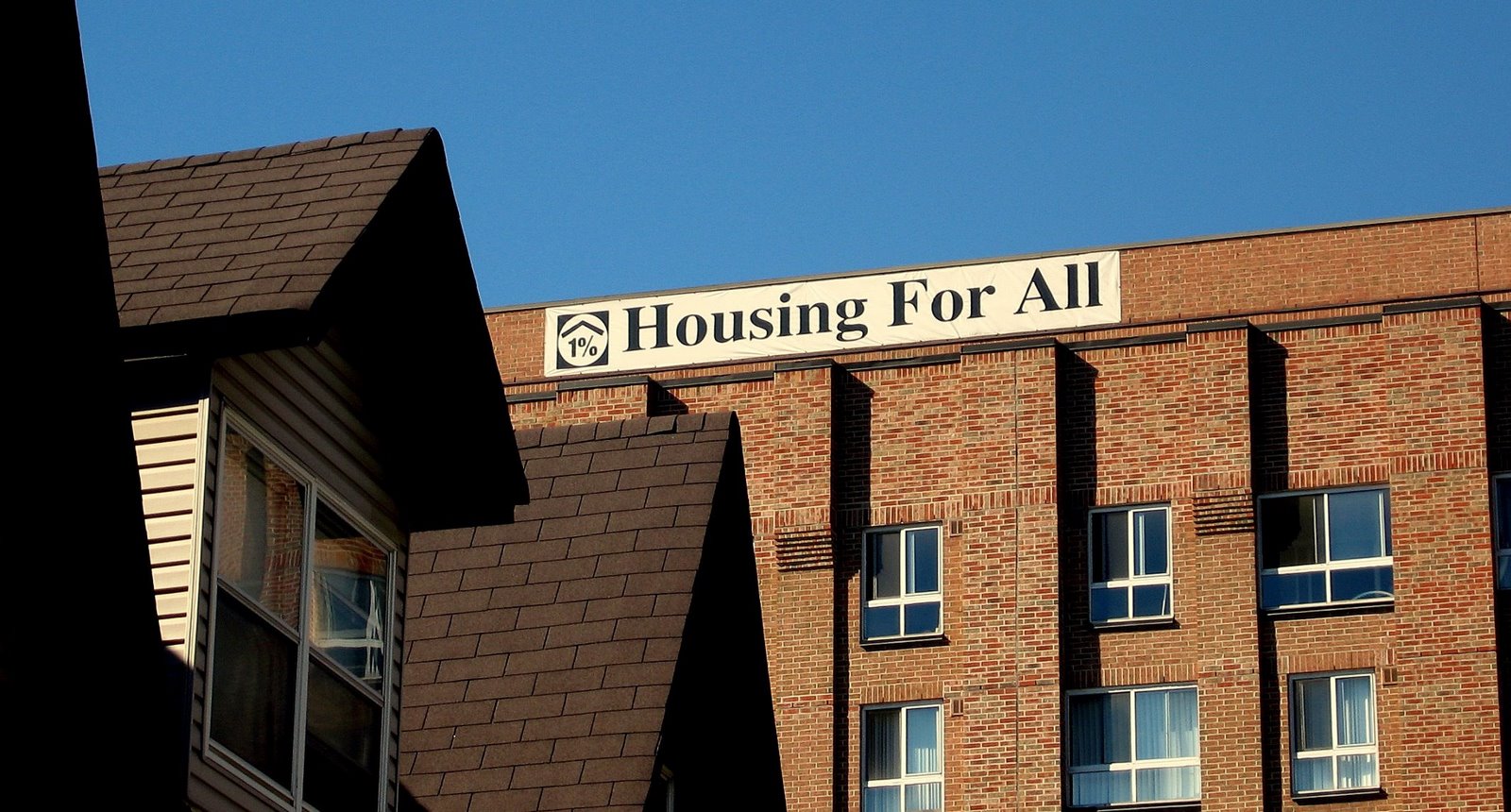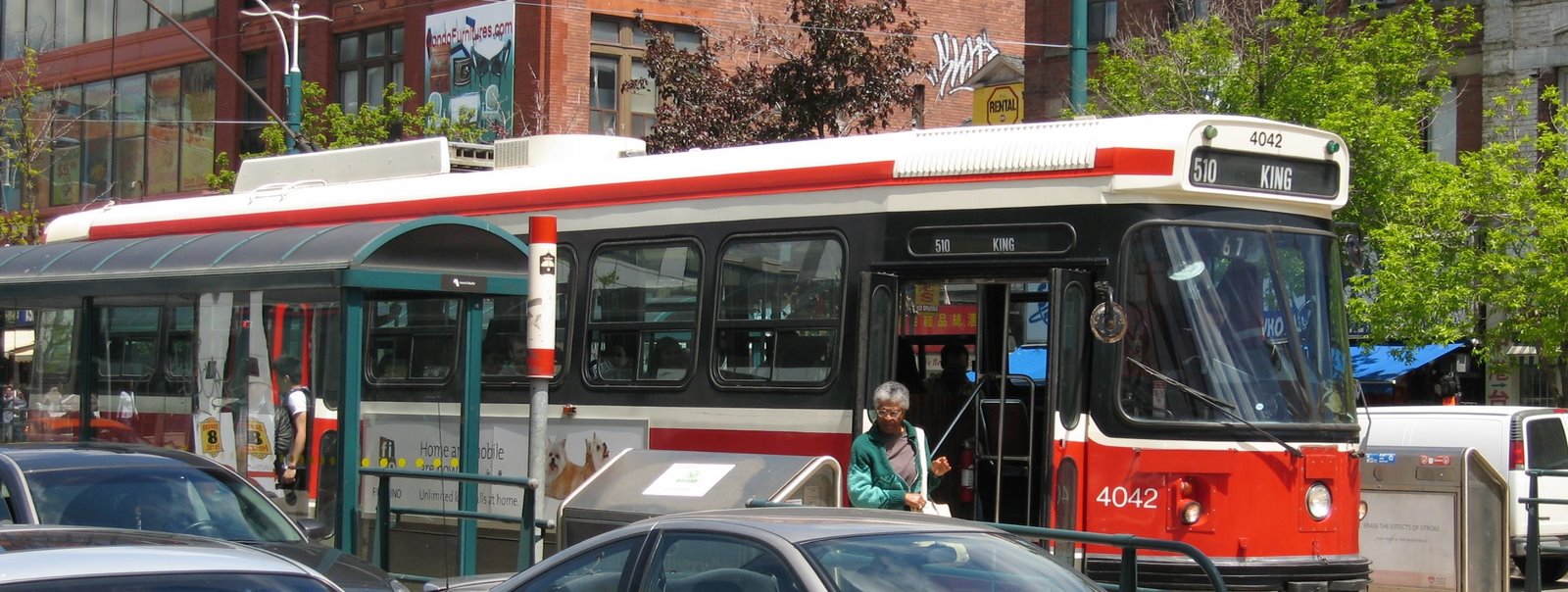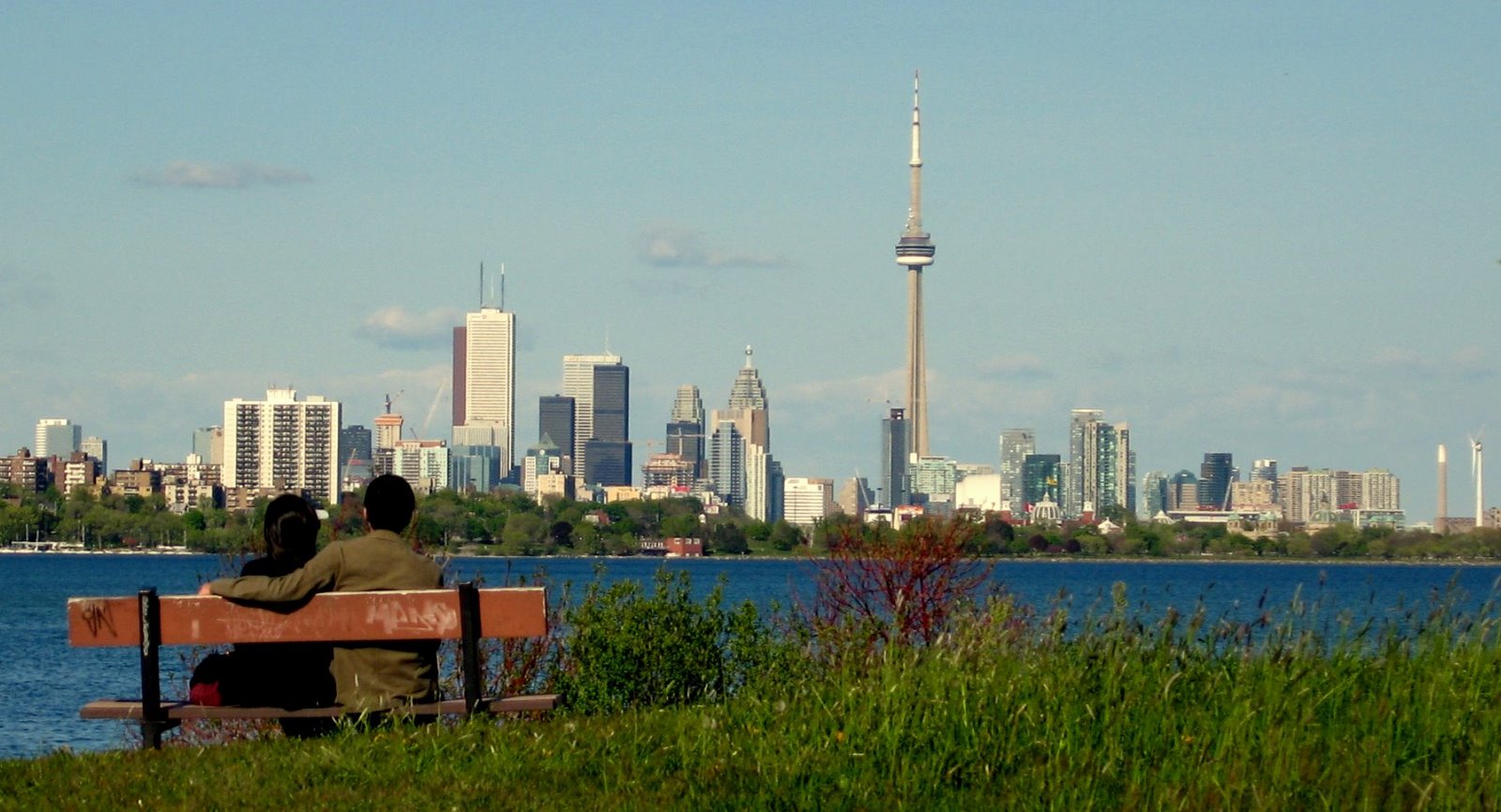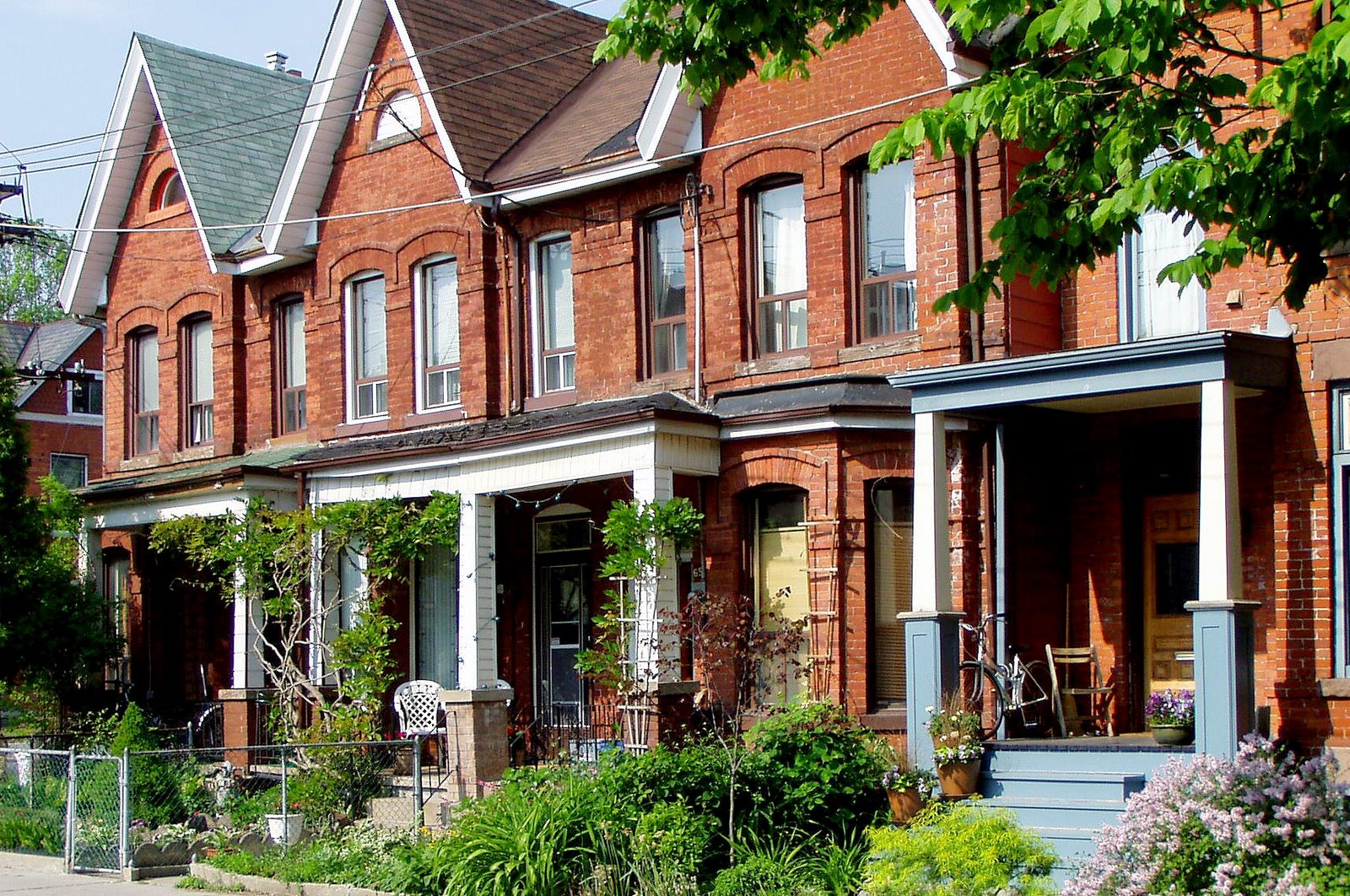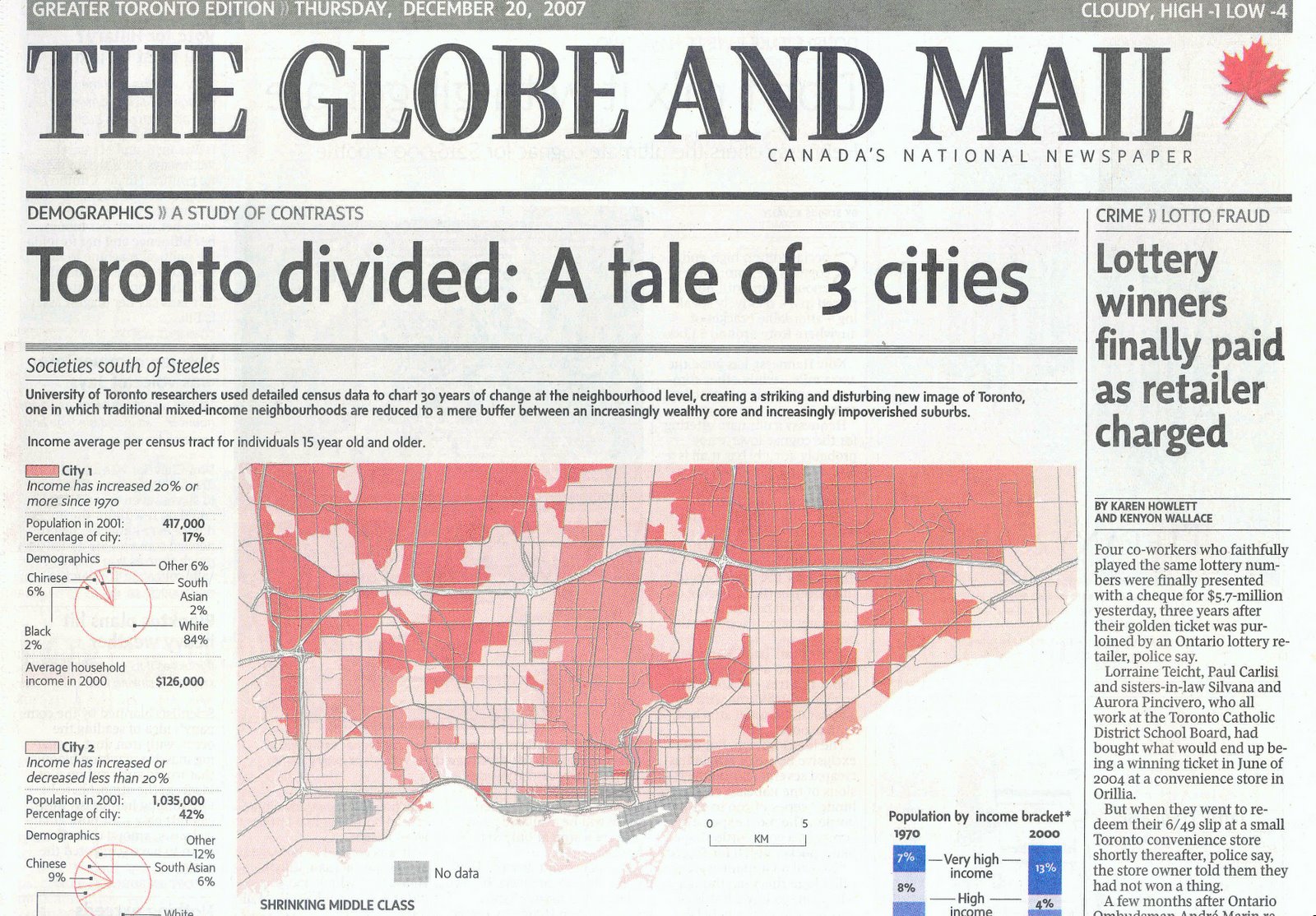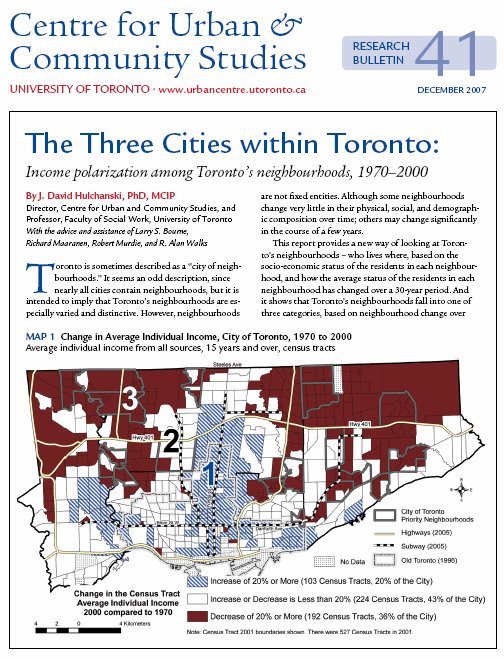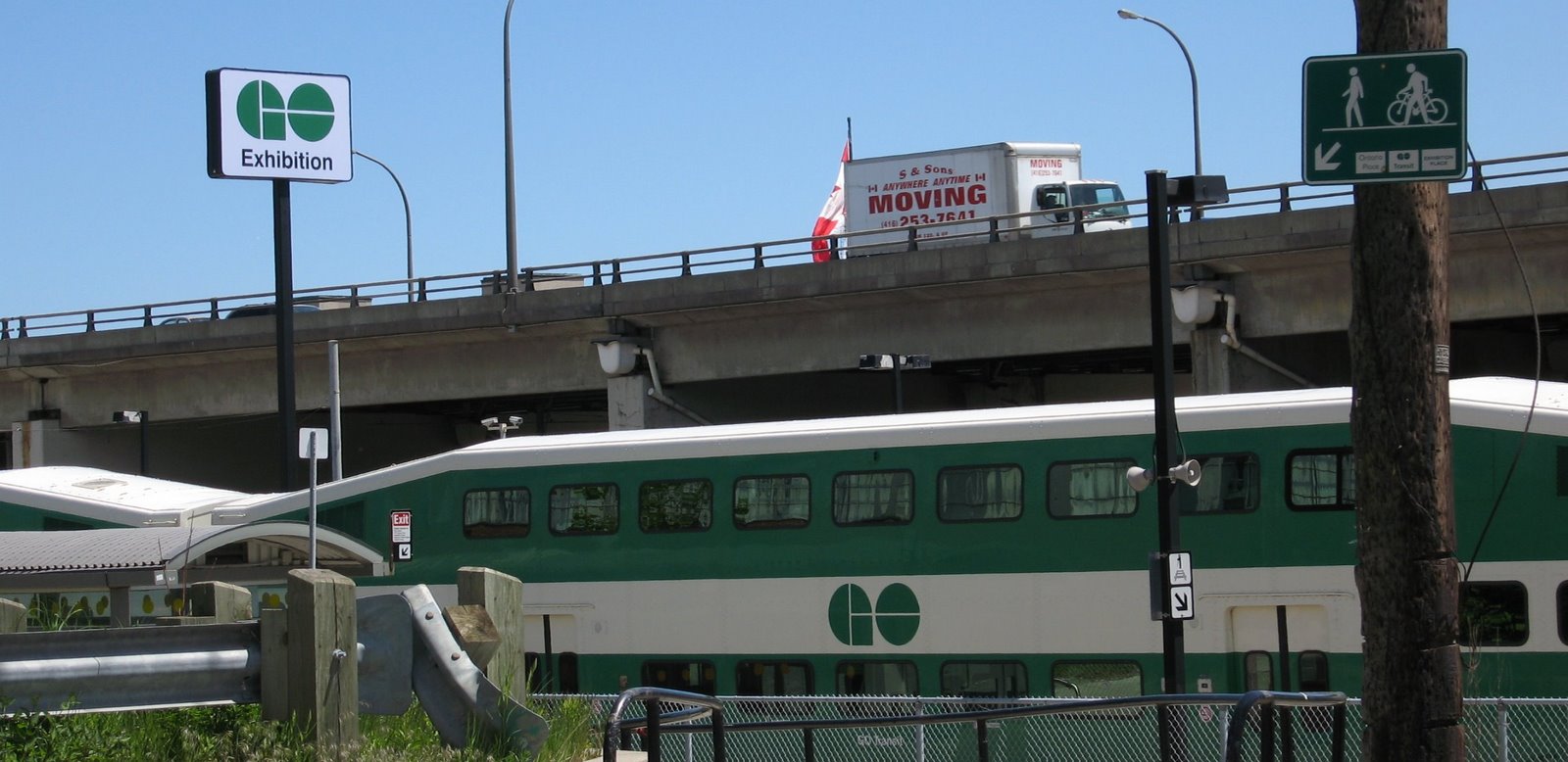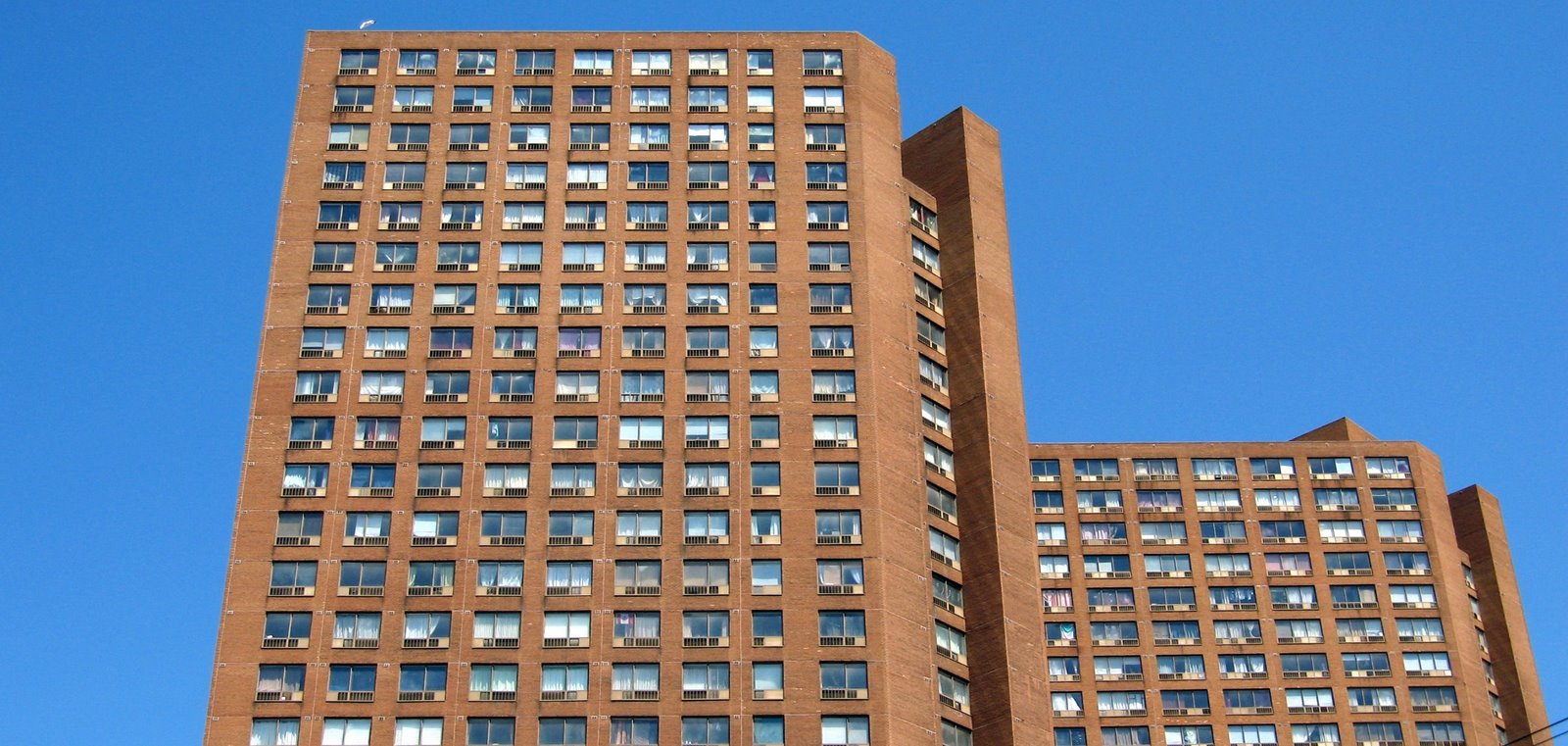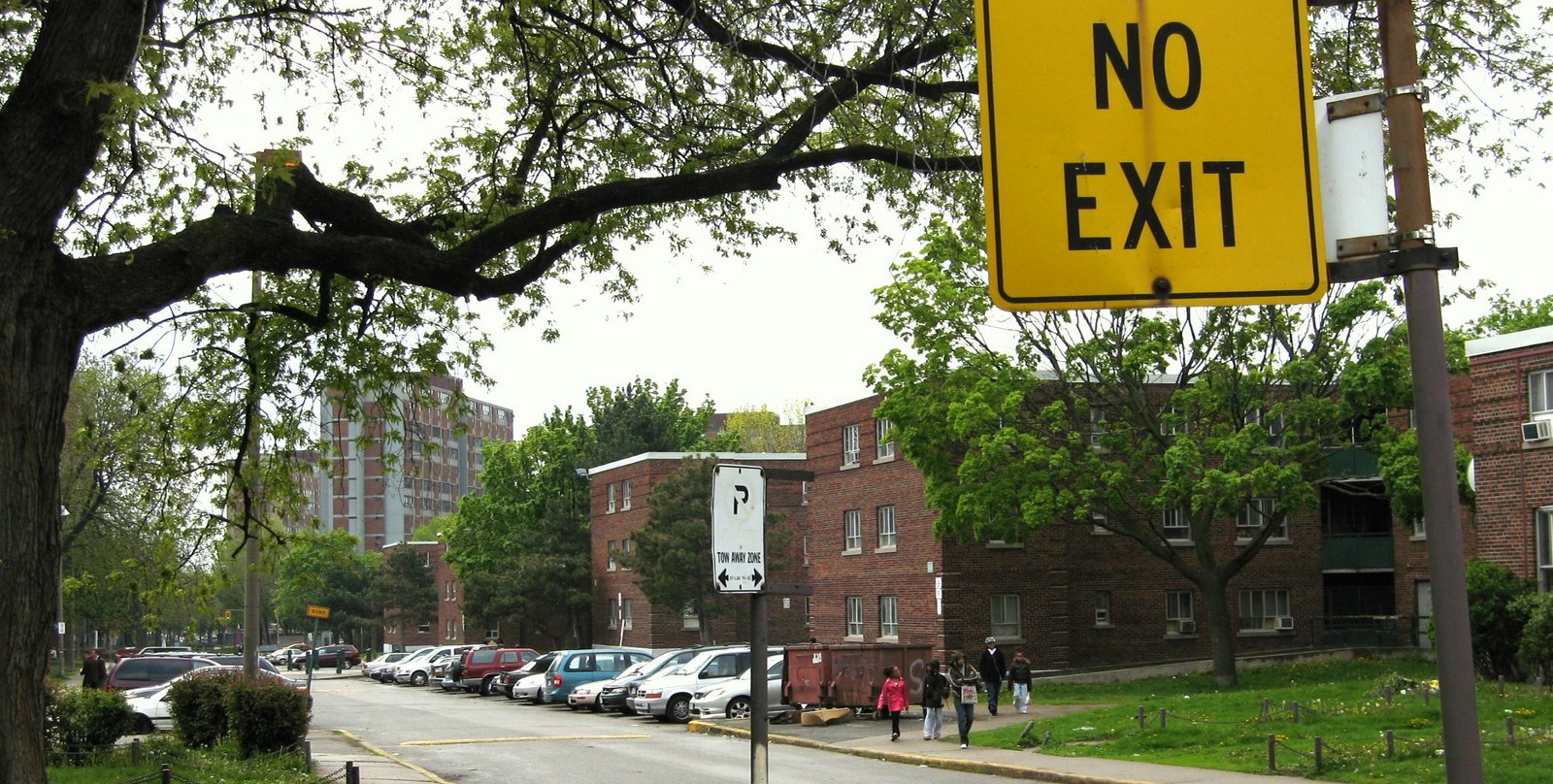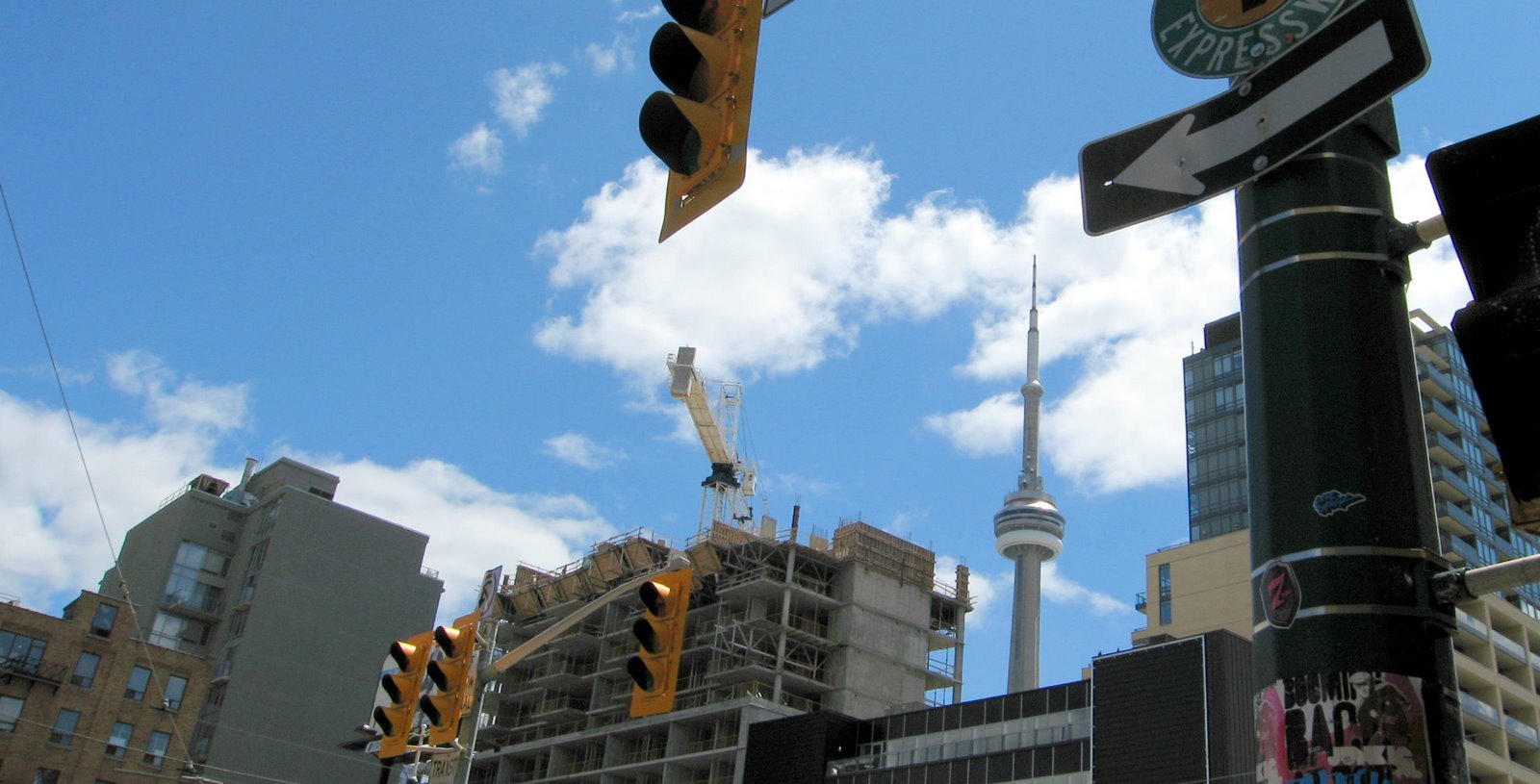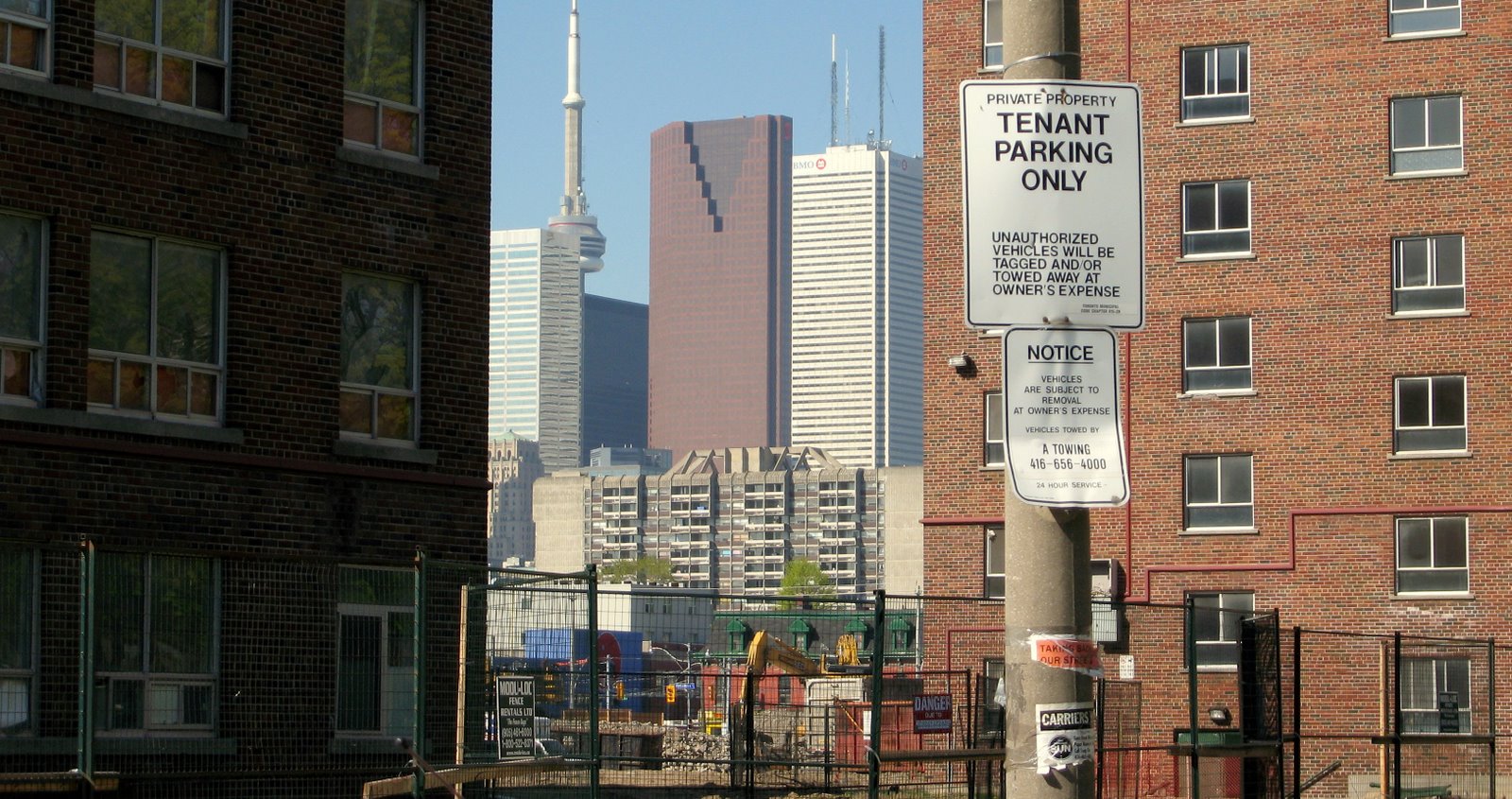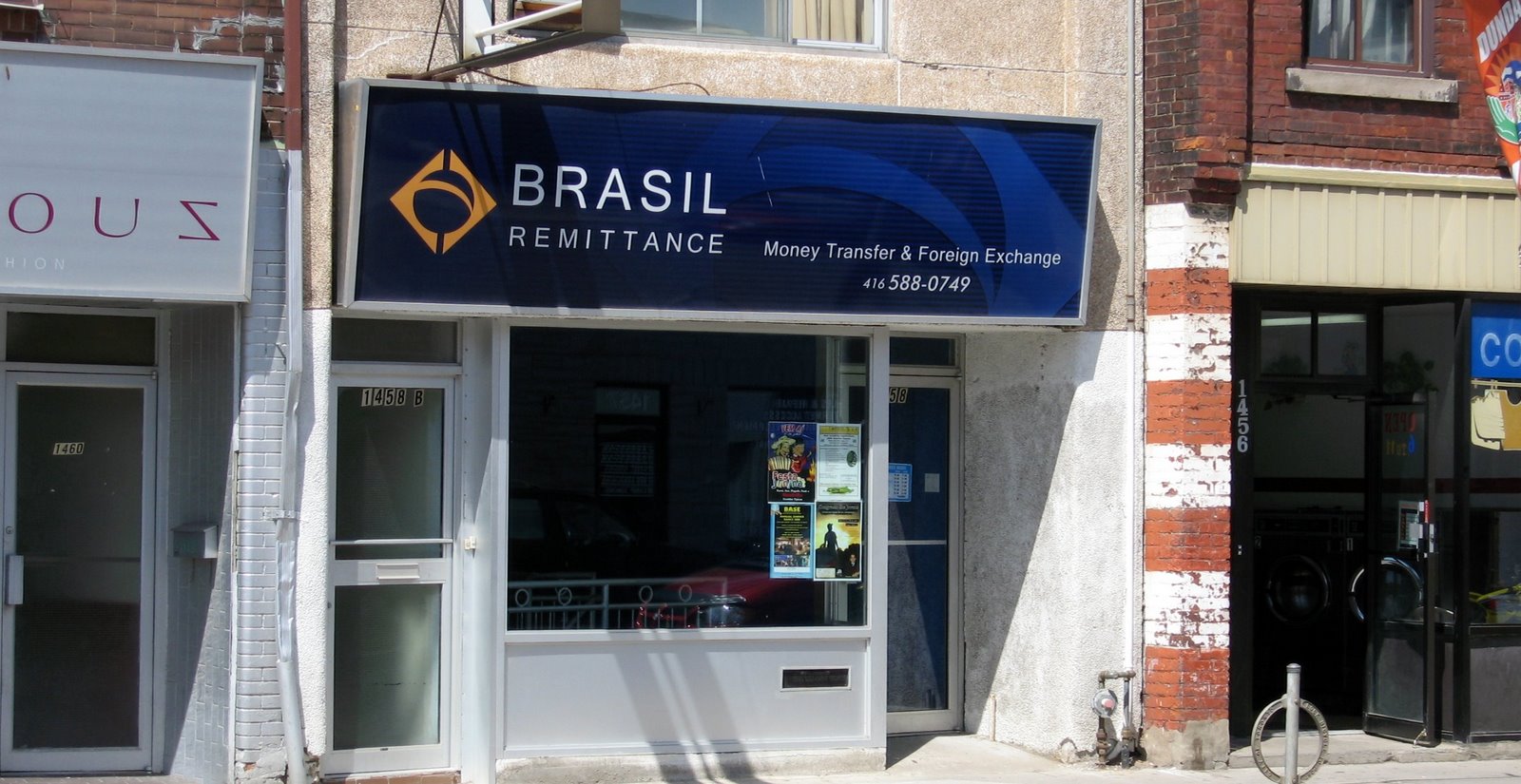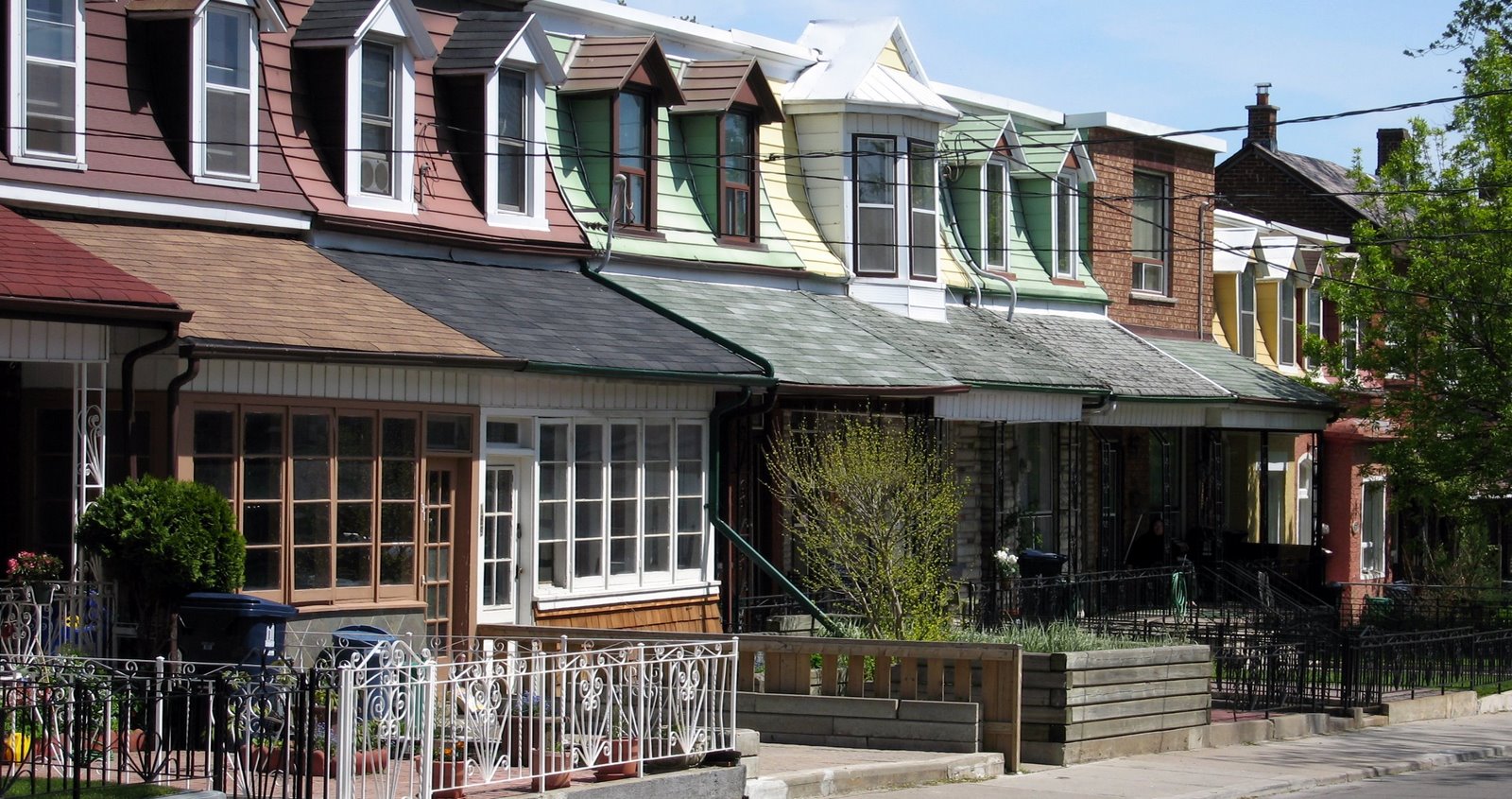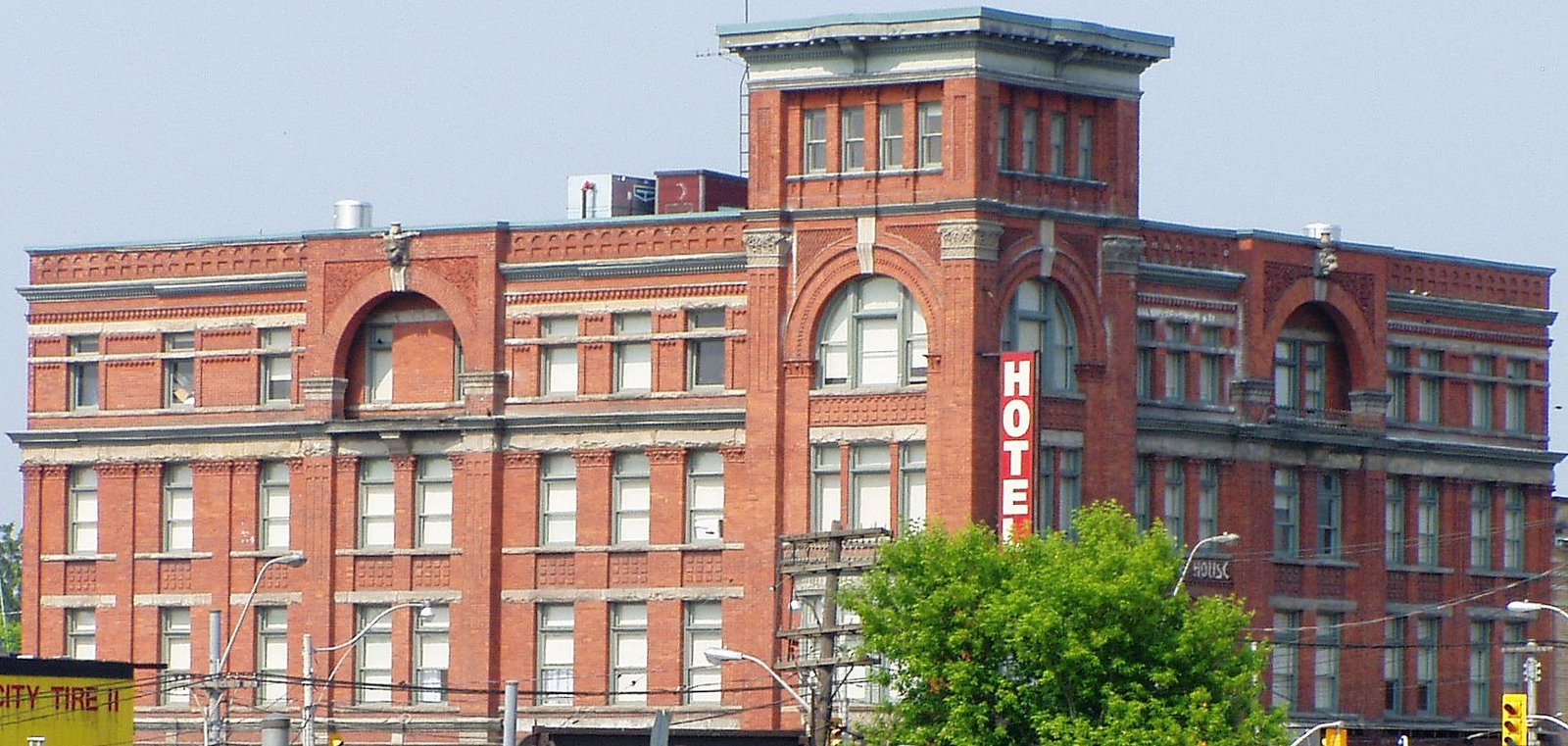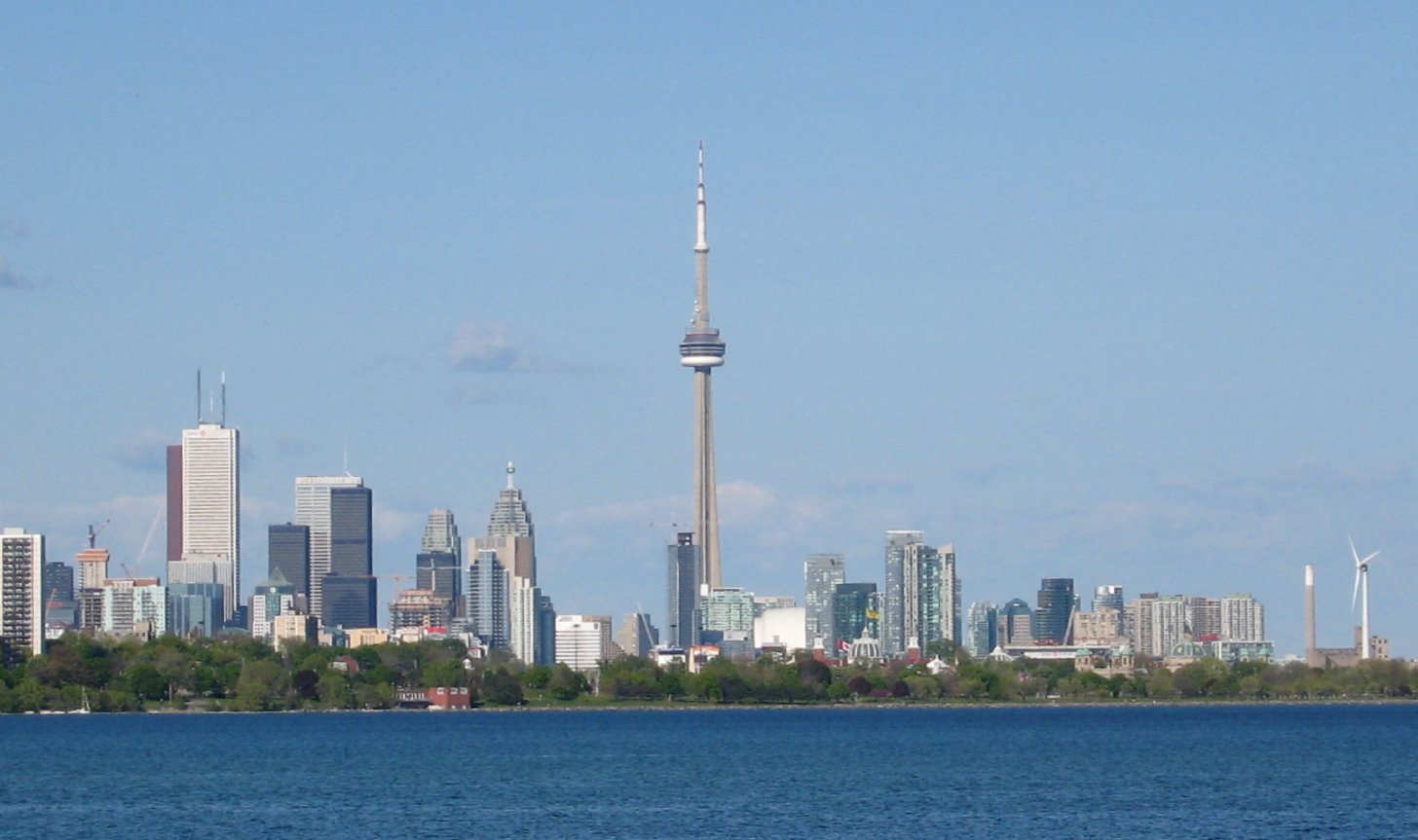
by Philippa Campsie & David Hulchanski
When you hear the word “homelessness,” what comes to mind? If you are like most people, you probably think of the men who sleep on the hot-air grates in downtown Toronto. That is the image that so often accompanies media stories about homelessness.
Several things about that image hide the reality of homelessness for many Canadians. The first part is the person’s gender and age. There are many homeless women and children too, although in their case it seldom takes the form of sleeping on the street. That is another problem with the image – it equates homelessness with street life. In reality, homelessness can take multiple forms, including moving from shelter to shelter or “couch-surfing” (that is, staying with friends when one loses one’s own home).
The image usually features a solitary figure, which obscures the fact that entire families may become homeless. Indeed, some of those who appear to be alone may simply be separated from their families by homelessness. Finally, the setting (downtown in a big city) is a cliché. Homelessness exists in towns and cities of all sizes, in the suburbs and in rural areas, and in all the provinces of Canada.
Last year, we helped edit an online book collecting the best Canadian research available on homelessness. The thirty chapters encompassed the experiences of women and their children, Aboriginal people, frail seniors, youth, immigrants (some of whom become homeless shortly after arriving in Canada). They included research on food insecurity, social stigma, moneymaking strategies, child custody, the physical and mental health problems of homeless people, and the intersection of homelessness and crime, as well as promising efforts to reduce homelessness or alleviate some of its effects.
Did we cover the full spectrum of the problem? Not even close. This week we added another ten chapters to fill the many gaps.
One important new chapter is about homelessness among women in Canada’s North, a particularly urgent issue. Yukon, Northwest Territories, and Nunavut share a high cost of living, limited employment opportunities, underdeveloped infrastructure, and a shortage of social services. Women who lose their housing have few places to turn. Yet we hear very little about their plight in the rest of Canada.
Another chapter deals with homelessness among Aboriginal peoples in the Prairie provinces. This group spends a lot of time on the move, and many go back and forth between urban centres that offer work, services, and a wider range of housing options, and their home communities, which offer a connection to family and traditions. Yet in neither place are these people completely at home.
A third chapter looks at homeless women in small cities and towns in Ontario, social isolation, low-quality social services, and weak public transit infrastructure create barriers to seeking help.
We also consider the ethics of research into homelessness. It is important to understand and communicate the experiences of people who often have no voice in society, but it is equally important not to appropriate their voices. Many of the chapters contain the words of homeless people, men and women, young and old, describing their stories and tryng to make sense of an arduous life in a hostile world.
In presenting these diverse perspectives on homelessness, we hope to remind Canadians that homeless has not disappeared, even though the recent economic downturn has meant that many people are too worried about their own futures to pay attention to the plight of those even less fortunate.
At the same time, we stress that although homelessness affects a diverse group of people, it is not a complex problem. Yes, you read that correctly: it is not a complex problem.
After all these years of research and policy analysis and documenting the lived experience of those affected and those who provide support services, we know what the causes of the problem are. That means we know what the solutions are.
When individuals or families run into serious difficulty in one or more of the three key areas that support a decent standard of living, they may find themselves unhoused and potentially on a downward spiral. The three areas are: housing, income, and support services. Groups already facing inequities, discrimination, and violence are often the first to face difficulties in these areas when the economic tide changes.
An adequate standard of living means not only that good-quality health care is available to everyone, but also access to adequate housing, employment at a living wage, and essential support services must also be available for everyone, not just those who can afford them – and that systemic inequities are addressed in social policy.
We know what we need. We need social protections that prevent people from becoming unhoused. We need programs that ensure that no one will be unhoused for more than a very brief period should a crisis of some sort arise. We need policies that correct historic and systemic inequities, and that provide adequate, affordable and secure housing, an adequate income or income support when needed, and adequate support services if these are required (for addictions, mental health, and so on). Only then will we begin to solve the problem of homelessness.
Finding Home is available on the Homeless Hub.
